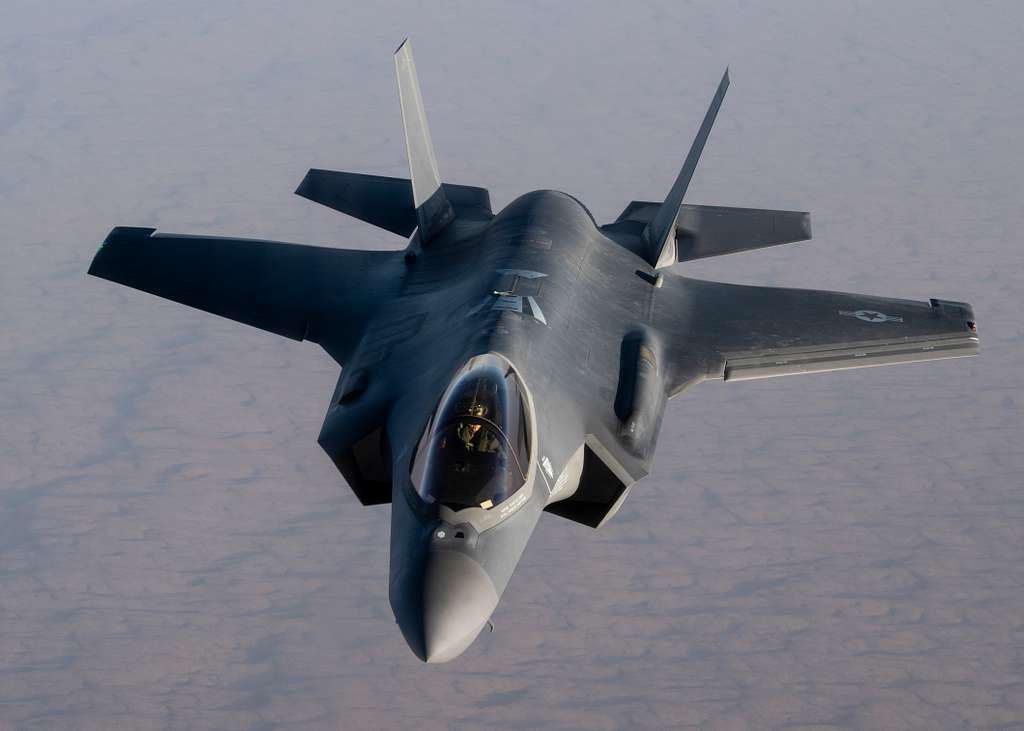
What if a NATO ally rejects the world’s most advanced stealth fighter, not due to incapacity, but sovereignty and strategy? Spain’s rejection of the U.S.-built F-35 in favor of aircraft produced in Europe is a more than minor addendum to procurement it’s a geophysical realignment of European defense vision, with earthquake-like consequences for technology, industry, and alliance cohesion.

1. The Political Undercurrents Shaping Procurement
Spain’s decision follows growing concern about the integrity of American politics, and most notably in the government of Donald Trump. His brazen disdain for NATO, refusal to give European allies a place at the table in key security discussions, and threat to levy penalty tariffs have shaken defense partnerships dating back decades. “This makes those ideas or thoughts real,” said Mark Cancian, a retired Marine Corps colonel and Center for Strategic and International Studies senior director. “Here’s a nation which literally had second thoughts about a future purchase.”
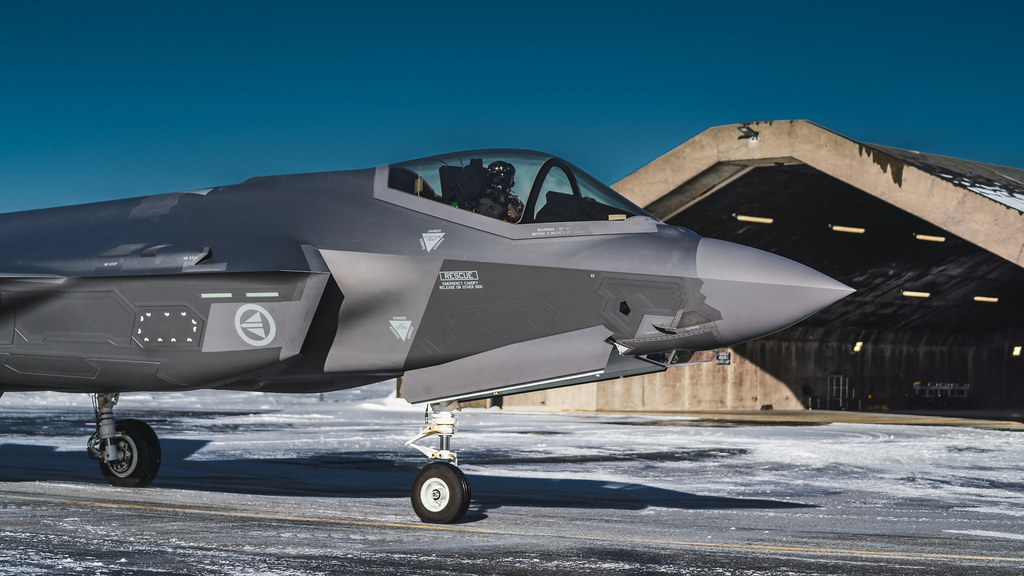
Discomfort is not limited to Spain; Canada, Denmark, Portugal, and Switzerland all have made public policy reversals regarding the purchase of F-35s, with Portugal’s defence minister ascribing “the recent US attitude in the context of NATO” as being one such reason to reconsider their F-16 replacement.
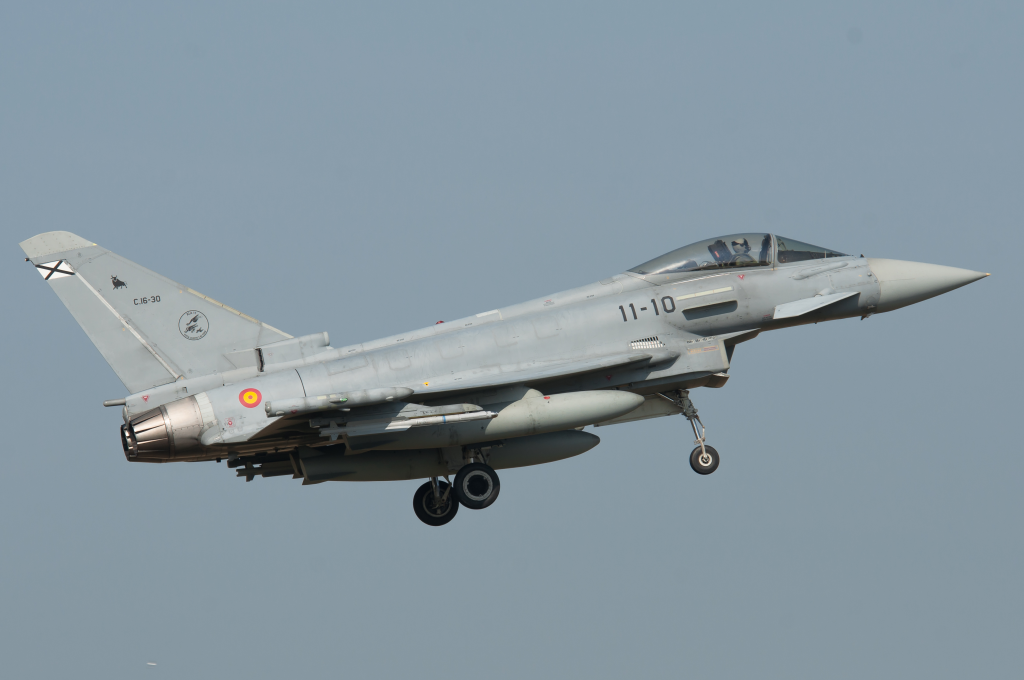
2. Industrial Policy and Defense Sovereignty
Spain’s defense ministry has its priorities in line: 87% of its new $12 billion defense budget will be allocated to Spanish firms. This industrial policy, encoded in a €10.471 billion plan that mandates 85% of its funds entering European programs, de facto excludes the U.S.-made F-35. Richard Aboulafia of AeroDynamic Advisory puts the decision into context of “the wider European objective of sovereignty and self-reliance.” The Eurofighter Typhoon, made in Spain and providing some 3,000 direct employment, is an example of this commitment. The Franco-German-Spanish Future Combat Air System (FCAS) is looking to further unify Europe’s defense industrial base and technological independence within the next decades.
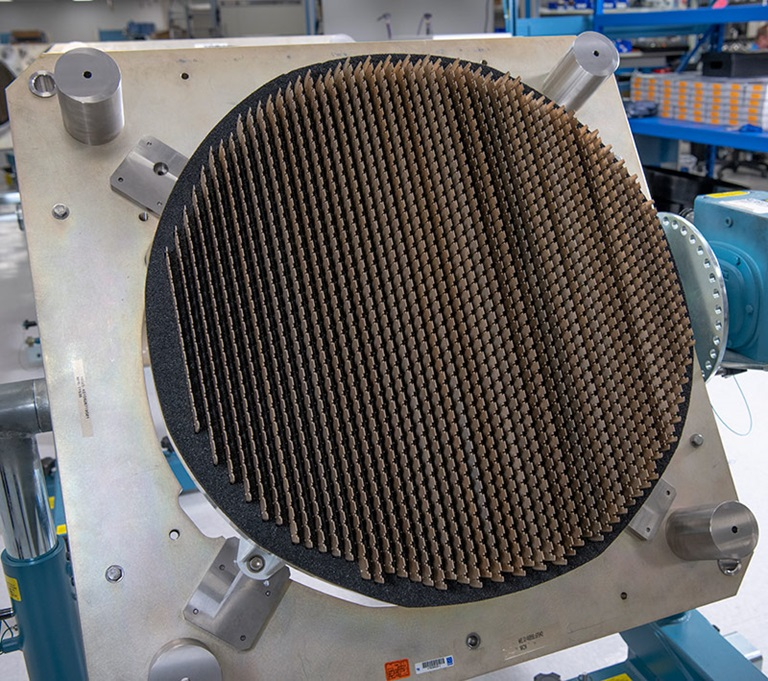
3. Technical Trade-offs: Stealth, Sensors, and Interoperability
Technical appeal of the F-35 cannot be denied. Its AN/APG-81 AESA radar, Lockheed Martin says, “is the world’s most advanced.” Active and passive long-range air-to-air and air-to-ground modes enable a full range of missions. The sensor fusion of the aircraft, helmet-mounted display, and low-observable characteristics offer a “first-look, first-shot, first-kill” capability to penetrate enemy airspace and provide real-time data to friendly forces. The new Leonardo ECRS Mk2 radar of the Eurofighter Typhoon, on the other hand, provides a “field of regard approximately 50% larger than conventional fixed plate systems,” electronic attack and wide-band. Its increased nose cone capacity has a larger antenna, increasing detection range and resolution, and Pirate Infrared Sensor and DASS suite offer high-reliability passive detection and automatic threat response in high-threat regimes.
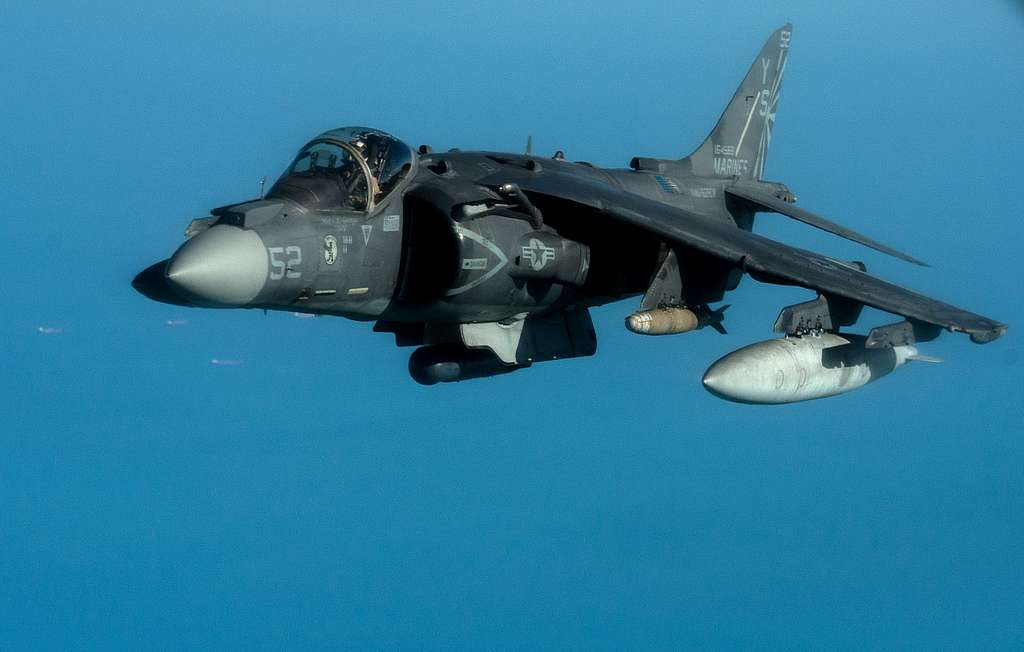
4. Gaps in Operation and the Carrier Problem
Spain’s fleet has a peculiar dilemma. It has to operate Juan Carlos I carriers with the AV-8B Harrier IIs, the sole fixed-wing, short-takeoff and vertical-landing (STOVL) capable planes. The F-35B is the only contemporary replacement with such capabilities. By not taking the F-35, Spain will face a decade of disconnection in carrier-based aviation if and when Harriers are retired in 2030. Navantia was charged with evaluating a new carrier design with catapults and arresting gear that would in the future make it possible to operate the Rafale M or a navalized version of the FCAS. Meanwhile, the fleet will have to make do with helicopters and potentially unmanned platforms like the SIRTAP drone, which has been tested and put to use as an interim measure for naval deployment.
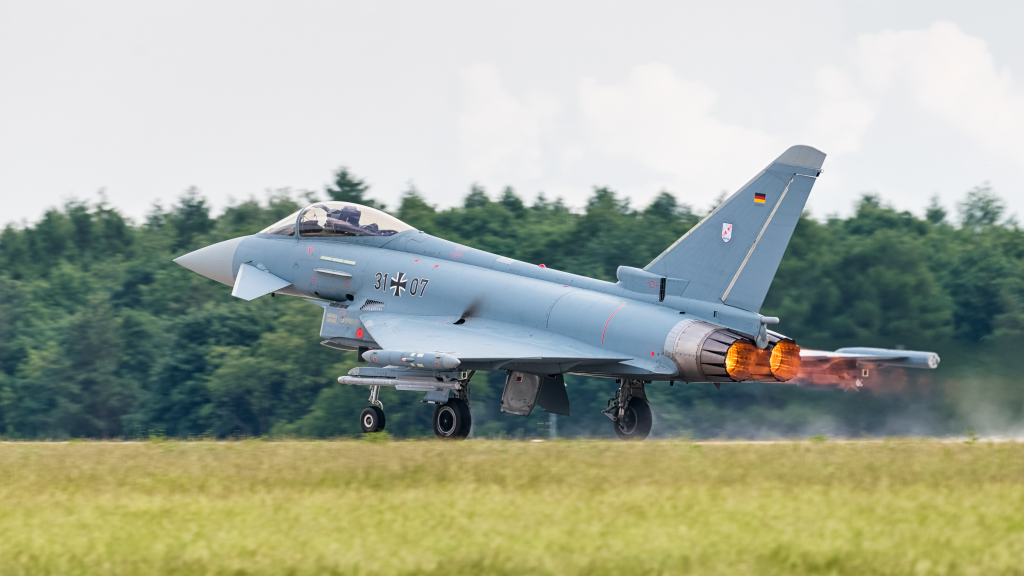
5. The Evolution and Limitations of the Eurofighter
The Eurofighter Typhoon is still the mainstay of Spain’s Air and Space Force, where radar and avionics continue to be evolved. Spain’s 14% industry contribution to the consortium guarantees national advantage, although the inability of the Typhoon to be stealthy, have limited sensor fusion, and not being able to operate from carriers limits its future operations. Air and Space Force Chief of Staff General Francisco Braco eliminated dependence on one kind, cautioning against operational risk in the event of a threat to a whole fleet pens down the aircraft. The F-35A had been envisioned as a temporary fifth-generation solution until FCAS comes along, but since that is now off the table, Spain would now look at the Rafale F-5 as an intermediary step until it comes of age.
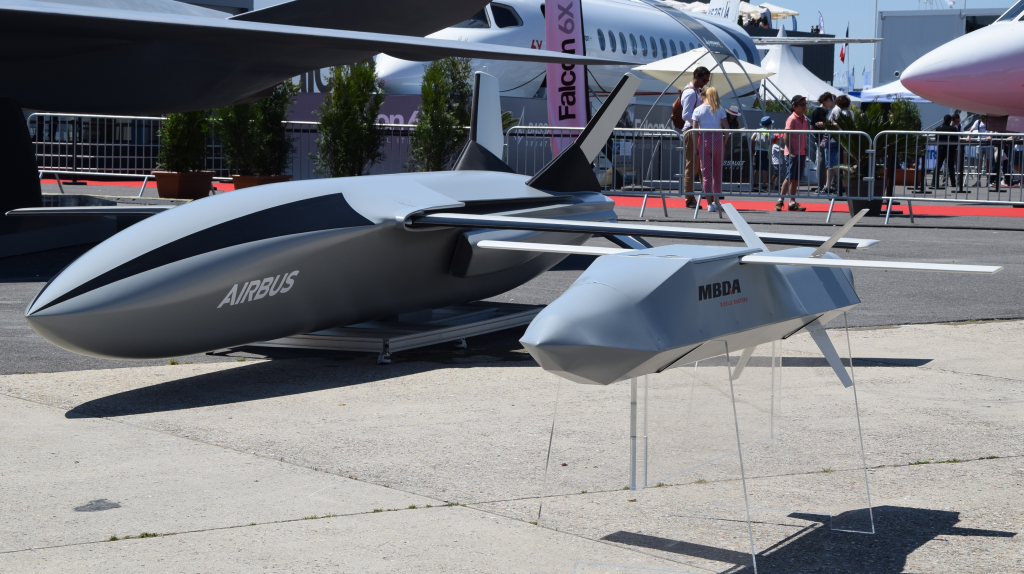
6. FCAS: Europe’s High-Stakes Bet on Sixth-Generation Airpower
The FCAS programme, costing an estimated more than €100 billion, will have in service by 2040 a sixth-generation “system of systems.” This comprises a stealth Next-Generation Fighter, unmanned “remote carrier” drones, and a cloud-based data network for real-time awareness on the battlefield. The ambition is audacious: artificial intelligence-driven mission systems, multispectral sensors, and manned-unmanned teaming to guarantee European air superiority. But internal conflicts especially Paris’s demand for an 80% workshare have been slowing the project and threatening risks of a new Franco-European aerospace splits phenomenon. As a German legislator cautioned, “if Paris is serious about 80%, it could be the ‘last nail in the coffin’ of the joint venture” threatening the future of the project.
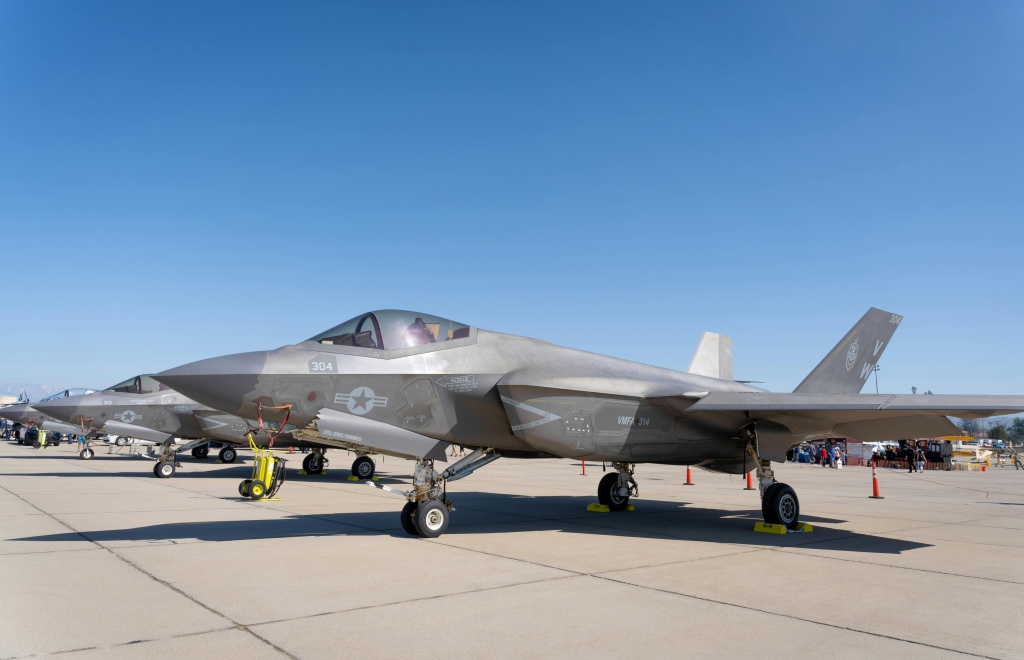
7. Interoperability and Alliance Cohesion at Risk
The F-35’s biggest strategic advantage potentially might be its ubiquity. It is controlled by 19 allied countries and the United States and provides one system for communications, shared munitions, merged training, and interconnected data sharing. “It is easier to fight with allies when you use the same equipment,” said former Texas Rep. Mac Thornberry. Loss of interoperability would threaten the unity of NATO, argued a point also advanced by Richard Aboulafia: “If NATO abandons it, that capability will be lost.” Concerns exist regarding a supposed “kill switch” on US-controlled aircraft, downplayed by officials, but indicative of deeper suspicion regarding reliance on overseas aid in crisis and anxiety over supply cut-offs.
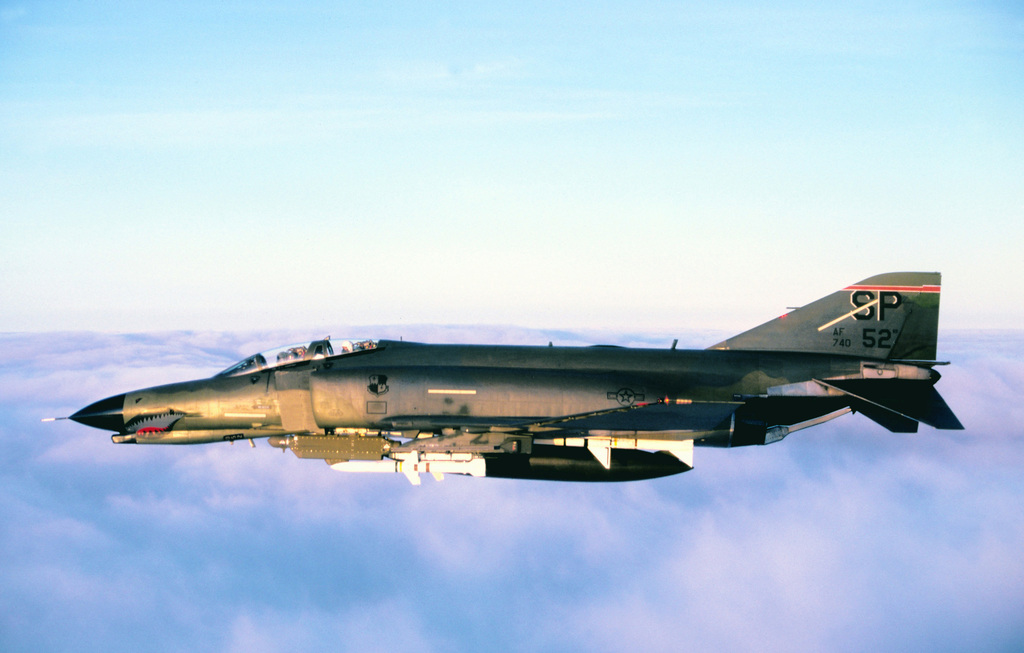
The implications for Spain and its fellow Europeans are staggering. The decision to postpone sovereignty and industrial growth in the interest of easy access to fifth-generation capability will determine not just the defense policy of the continent, but the future direction of its aerospace industry for decades to come.


